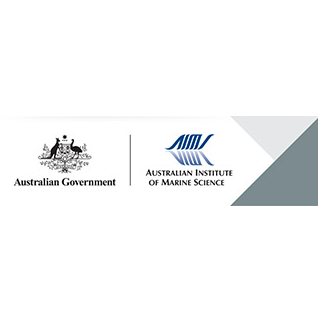Full description
Twenty-seven long cores were collected between October 2008 and September 2010 from massive Porites sp. colonies at six locations covering approximately 1000 km of the coast of Western Australia. The sampling locations included two reefs in the Rowley Shoals: Clerke Reef and Imperieuse Reef; three locations within the Ningaloo Reef Tract: Bundegi, Tantabiddi and Coral Bay; and the Houtman Abrolhos Islands.All sampled colonies were While some cores extended back to the 18th century, focus was on the period 1900-2010, which was common to the majority (70%) of cores, and provided sufficient replication at each location and overlap with instrumental SST observations. Average monthly SST were obtained from the HadISST 1.1 database, available from the British Atmospheric Data Centre.Calcification anomalies were calculated for each core as the percent difference between the annual calcification rate and the long-term average for the period 1900-2010. Calcification anomalies were then averaged for each six locations and for all 27 cores. Linear regression (Generalized Linear Model (GLM) and non-linear regression (Generalized Additive models were used to examine the influence of time, SST and location on the calcification average and anomaly data. All models were analysed using the statistical package R.This research was undertaken to:1. determine if there have been significant changes in calcification rates in coral reefs in Western Australia over time2. determine if there is any relationship between any changes calcification rates and observed changes in sea surface temperature (SST).
Lineage
Maintenance and Update Frequency: notPlannedNotes
CreditCooper, Timothy F, Dr (Principal Investigator)
Lough, Janice M, Dr (Custodian)
Modified: 15 09 2025
text: westlimit=113.966667; southlimit=-21.9; eastlimit=113.966667; northlimit=-21.9
text: westlimit=113.816667; southlimit=-23.033333; eastlimit=113.816667; northlimit=-23.033333
text: westlimit=113.766667; southlimit=-28.466667; eastlimit=113.766667; northlimit=-28.466667
text: westlimit=119.366667; southlimit=-17.266667; eastlimit=119.366667; northlimit=-17.266667
text: westlimit=118.966667; southlimit=-17.516667; eastlimit=118.966667; northlimit=-17.516667
text: westlimit=114.183333; southlimit=-21.833333; eastlimit=114.183333; northlimit=-21.833333
Link to HadISST 1.1 Database (Global sea-ice coverage and SST)
uri :
http://www.badc.nerc.ac.uk/browse/badc/ukmo-hadisst/![]()
Growth of Western Australian corals in the Anthropocene: Cooper TF, O'Leary R and Lough JM (2012) Growth of Western Australian corals in the Anthropocene. Science 335:593-596.
local : articleId=8933
- global : 4f39c641-8450-4ea0-b2b6-4f3d582645f8


